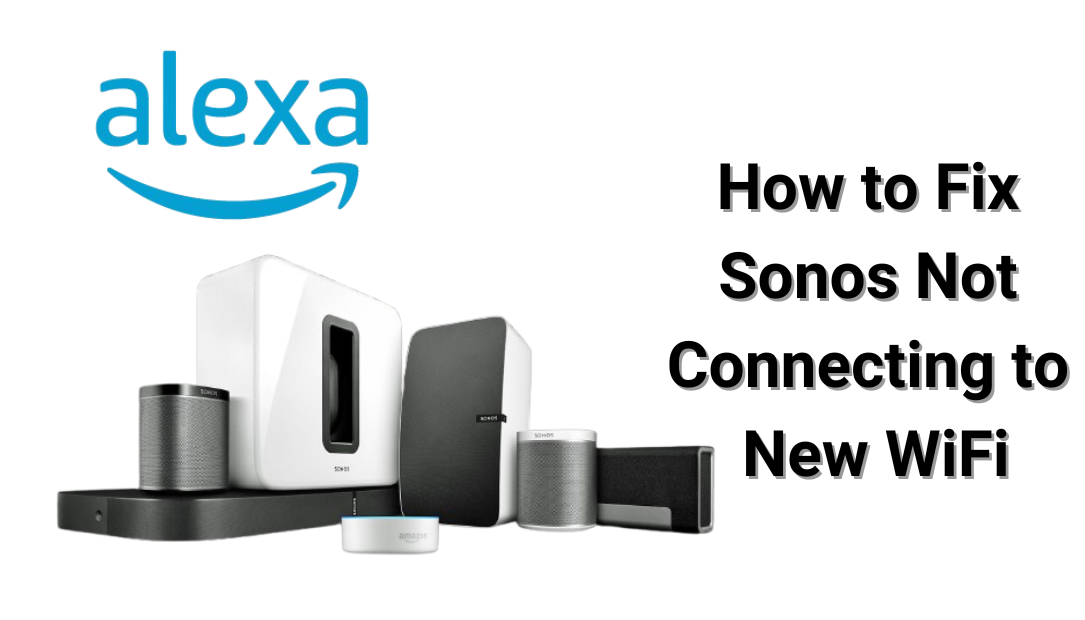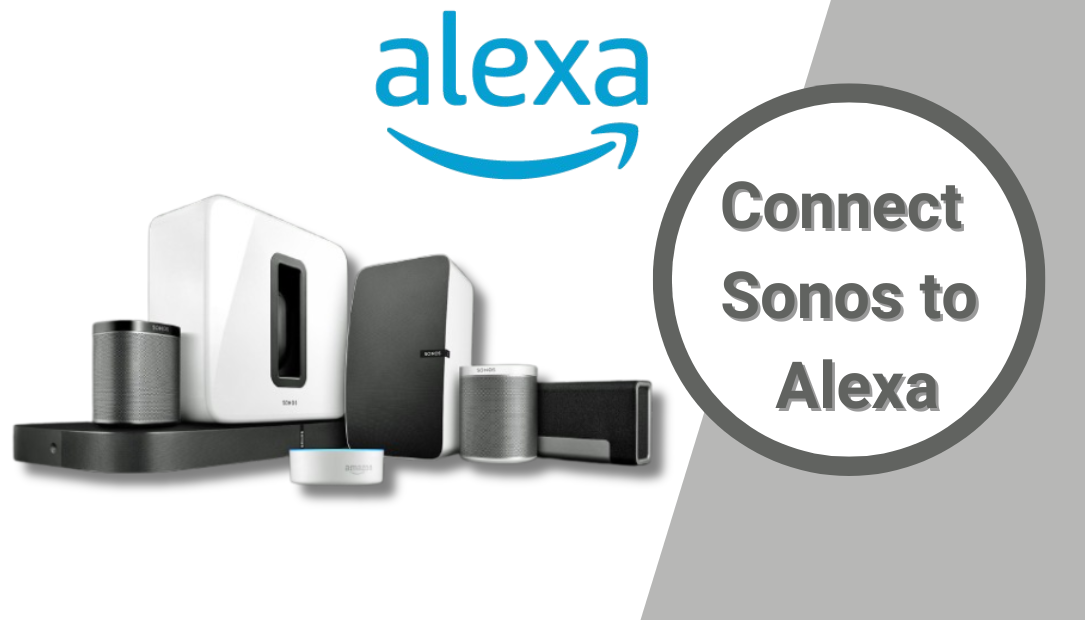Imagine this: you’ve upgraded your home Wi-Fi, eager to experience faster speeds and seamless streaming, only to find that your trusted Sonos system refuses to connect. It’s a frustrating scenario that many Sonos users face when transitioning to a new network.

Whether it’s a forgotten password, a compatibility hiccup, or a hidden setting in your router, Wi-Fi issues can turn your music and smart home dreams into a tech nightmare. Switching your Sonos system to a new Wi-Fi network can sometimes be frustrating, but with the right steps, you can resolve these issues smoothly.
This comprehensive guide will walk you through the process of how to fix the issue of Sonos not connecting to new WiFi, ensuring seamless setup and operation on your new Wi-Fi network.
Understanding Why Sonos Fails to Connect to New WiFi
When a Sonos device doesn’t connect to a new WiFi network, it’s usually due to one or more of the following reasons:
- Incorrect Network Credentials: Mistyped Wi-Fi passwords or selecting the wrong network can prevent successful connectivity.
- Network Changes: If your new Wi-Fi uses a different SSID (network name) or password, the Sonos system will not automatically connect.
- Router Compatibility: Some routers may not support the specific requirements of Sonos devices, like the 2.4GHz frequency band.
- Software Outdated: Older versions of the Sonos app or firmware may struggle to detect new networks.
- Signal Interference: Thick walls, appliances, or other electronic devices can interfere with the Wi-Fi signal.
Step-by-Step Guide to Fix Sonos Connectivity Issues on a New Wi-Fi
Prepare Your Sonos System
Before starting, ensure all devices involved are powered on and within range of the new Wi-Fi network. Check your router’s settings to confirm it broadcasts on the 2.4GHz band, as some Sonos devices do not support 5GHz networks.
Update the Sonos App
To ensure compatibility with your network and system, update the Sonos app on your smartphone or tablet:
- Open the App Store (iOS) or Google Play Store (Android).
- Search for the Sonos app and tap Update if available.
- Restart the app after updating.
Reconnect Using the Sonos App
If your Sonos speaker isn’t automatically detecting the new Wi-Fi, follow these steps:
Option A: For Sonos Systems Already Set Up
- Open the Sonos app.
- Go to Settings > System > Network > Update Networks.
- Follow the on-screen prompts to enter the new Wi-Fi credentials.
Option B: For Sonos Systems in Factory Reset Mode
- Plug in your Sonos speaker and wait for the status light to flash green.
- Open the Sonos app and select Set Up a New System.
- Follow the instructions to connect the speaker to the new Wi-Fi network.
Use an Ethernet Cable Temporarily
If you encounter difficulties, use an Ethernet cable to connect your Sonos device directly to your router. This establishes a wired connection, allowing you to update the Wi-Fi settings:
- Connect the cable to your Sonos device and router.
- Open the Sonos app and navigate to Settings > System > Network.
- Select Wireless Setup, enter your new Wi-Fi credentials, and disconnect the Ethernet cable once successful.
Troubleshooting Common Sonos Wi-Fi Issues
If you’ve followed the steps above and your Sonos system still won’t connect, try these additional troubleshooting tips:
Restart Your Router and Sonos Devices
- Power off your router and wait 30 seconds before turning it back on.
- Restart your Sonos speakers by unplugging them, waiting 10 seconds, and plugging them back in.
Reset the Sonos Network Settings
Resetting your Sonos device to factory settings can help resolve persistent network issues. Note that this will erase all saved data:
- Disconnect the speaker from power.
- Press and hold the Connect or Join button (depending on the model).
- While holding the button, reconnect the speaker to power.
- Release the button when the light flashes orange and white.
After resetting, follow the initial setup steps to connect to your new Wi-Fi network.
Verify Router Settings
Ensure your router is configured correctly:
- 2.4GHz Band: Most Sonos devices require a 2.4GHz connection.
- SSID and Password: Ensure there are no special characters in the network name or password that may cause compatibility issues.
- Enable Multicast: This setting allows Sonos devices to communicate with each other.
Check for Signal Interference
Relocate your Sonos device to minimize signal interference. Avoid placing the speaker near:
- Microwaves
- Cordless phones
- Walls with heavy insulation
Tips to Avoid Future Wi-Fi Connection Issues
- Keep Wi-Fi Credentials Consistent
When upgrading your router, use the same SSID and password as your old network. This allows your Sonos devices to reconnect automatically. - Use a Mesh Network
A mesh Wi-Fi system ensures strong and consistent coverage throughout your home, preventing dropouts. - Enable Auto-Updates
Keeping your Sonos app and devices updated ensures they have the latest features and compatibility fixes. - Assign Static IP Addresses
In your router settings, assign a static IP address to your Sonos devices. This reduces the risk of connection loss after router reboots. - Invest in a Boost
If you experience frequent connectivity problems, consider purchasing a Sonos Boost. This device creates a dedicated network for your Sonos system, improving reliability.
Final Thoughts
Connecting your Sonos system to a new Wi-Fi network doesn’t have to be a daunting task. By following the steps outlined in this guide, you can overcome common setup frustrations and enjoy uninterrupted streaming. Whether it’s updating your app, using an Ethernet cable, or fine-tuning your router settings, these solutions ensure your Sonos speakers perform at their best.
Take a proactive approach by implementing the tips provided to prevent future Wi-Fi connectivity issues. With the right setup, your Sonos system will deliver exceptional sound quality without interruptions, letting you enjoy music, movies, and more seamlessly.
